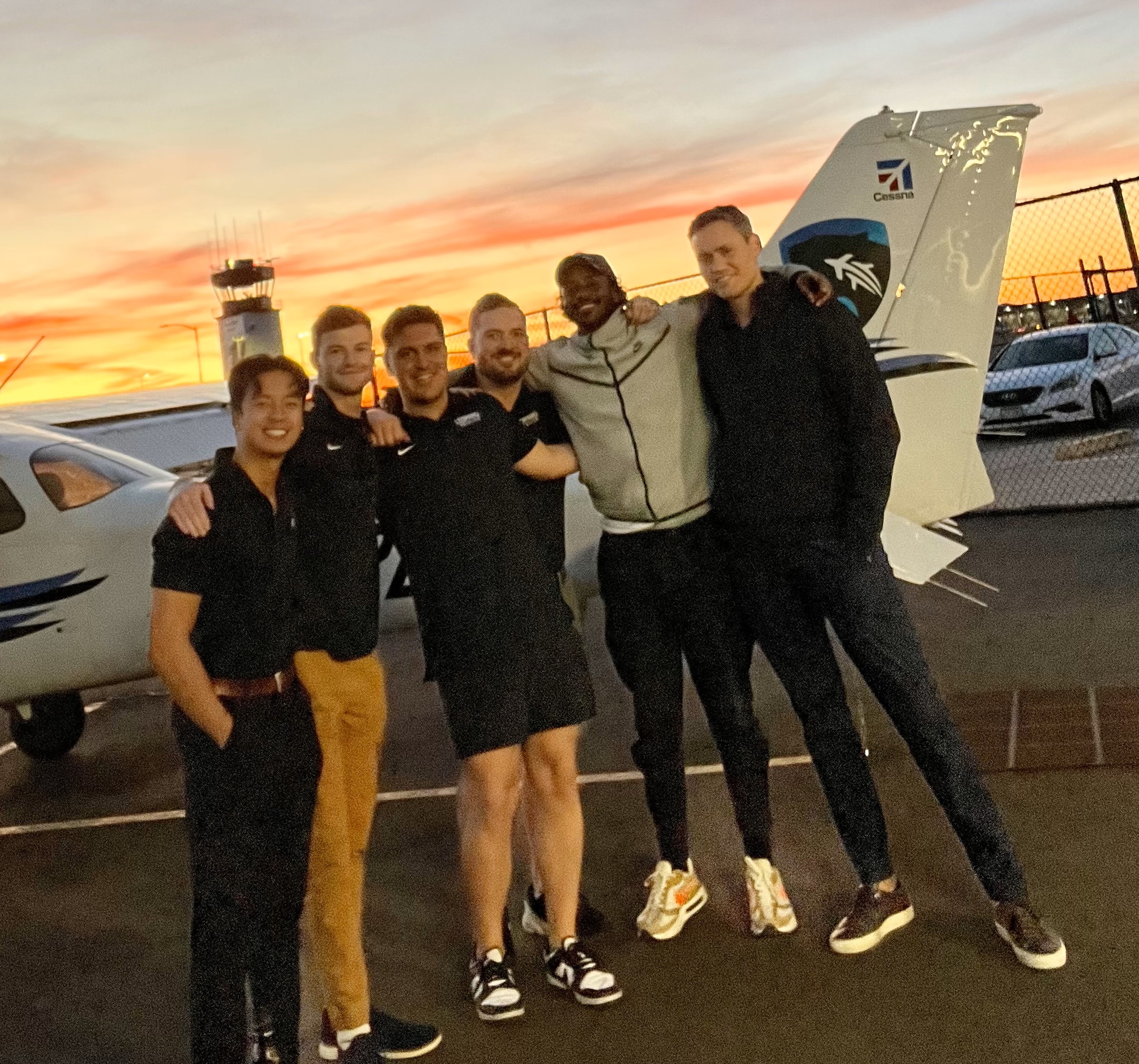Joining the Community of Flyers: A Journey into the Elite World of Aviators
Embarking on the journey to become a pilot is not just a skill acquisition; it’s an initiation into an exclusive community of aviators who share a profound love for the skies. The moment you take control of an aircraft and soar into the heavens, you join a new circle of friends who understand the unique blend of responsibility and joy that comes with flying. This community of flyers transcends the boundaries of ordinary camaraderie; it’s an elite group that impacts your life in ways you might never have imagined.
Belonging to a Special Community
From the first introductory flight to the triumphant solo, a person learning to fly becomes part of a community that extends far beyond the physical boundaries of airports and runways. The shared experiences of overcoming challenges, the thrill of mastering complex maneuvers, and the understanding of the responsibility that comes with aviation bind individuals together in a unique way.
In the world of aviation, there’s a sense of belonging that goes beyond mere membership. It’s a kinship born out of a shared passion for flight, a commitment to excellence, and the continuous pursuit of learning. This community welcomes novices with open arms, embracing them in a culture that values growth, mutual support, and the joy of conquering the skies.
The Psychological Impact of Belonging
Belonging to an elite group of aviators can have a profound psychological impact on individuals. As a pilot, you become part of a select few who have mastered the art of flight. This achievement fosters a sense of self-confidence and accomplishment that can extend beyond the cockpit into various aspects of life.
Studies have identified numerous positive effects of having a healthy sense of belonging, including more positive social relationships, academic achievement, occupational success, and better physical and mental health. The feeling of being connected to others can be a protective factor against depression.
When you belong to a group, it is a commitment and develops a social identity of the group – these are social norms the group agreed upon. Collective identity encompasses six key characteristics:
Shared Pursuit: A unified sense of working towards a common goal, flying the open skies.
Distinctiveness: The perception that the group possesses unique qualities setting it apart from others as a group of aviators set out to do what few folks do.
Coordinated Activities: Collaboration in organizing and synchronizing the efforts of group members to meet outside school, share fellowship, and support each other.
Common Ground: Shared beliefs, attitudes, norms, and values within the group.
Group Well-being: A collective concern for the welfare of the group, including a readiness to make sacrifices for its advancement. This includes helping each other in and out of school.
Enduring Unity: The sustained continuity of the group over an extended period. This includes chat groups, and check-ins over the years to people that you met during your foundational flying years. Afterall, you all fly – you will visit when you end up in the same city.
The discipline and focus required to become a pilot translate into a mindset of determination and resilience. The challenges faced during flight training, the need for continuous learning, and the responsibility of ensuring the safety of oneself and others contribute to a heightened sense of purpose and commitment.
Moreover, the happiness derived from flying is contagious within the aviator community. The shared joy of soaring through the clouds, witnessing breathtaking sunsets from above, and navigating the boundless sky creates a unique and positive atmosphere. This shared happiness transcends the conventional and becomes a source of motivation and inspiration for all members of the community.
The Unique Relationship Among Aviators
The aviator community shares a bond forged in the skies, one that extends beyond the technicalities of flying. The mutual understanding of the challenges and joys unique to aviation creates a sense of unity and solidarity among aviators. This shared experience fosters friendships that often last a lifetime.
In the cockpit, communication transcends words. Pilots share a silent understanding, a non-verbal language that communicates safety, trust, and cooperation. This unique relationship builds an unspoken camaraderie that extends to the entire community of flyers. Whether gathered at airshows, aviation events, or simply sharing stories at the local flying club, aviators connect on a level that surpasses conventional friendships.
Impact on Life Beyond Aviation
Belonging to the community of flyers doesn’t just impact life within the aviation realm; it extends its influence to various aspects of life. The skills acquired during flight training, such as decision-making under pressure, time management, and teamwork, become valuable assets in personal and professional spheres.
The sense of responsibility ingrained in pilots extends beyond the cockpit, fostering a commitment to safety, diligence, and attention to detail in all aspects of life. The aviator’s mindset of continuous improvement and adaptability contributes to personal growth and resilience in the face of challenges.
Becoming a pilot is not merely about mastering the art of flying; it’s about joining an elite community that shapes your perspective on life. The psychological impact of belonging to this exclusive group extends far beyond the confines of the airport. It instills self-confidence, happiness, drive, and a unique sense of camaraderie that lasts a lifetime.
As you take to the skies, remember that you’re not just flying an aircraft; you’re soaring with a community of like-minded individuals who share the same passion, the same challenges, and the same boundless love for the freedom of flight. Embrace the journey, connect with fellow aviators, and let the wings of camaraderie carry you to new heights, both in the skies and in life.
Get Up Here!

